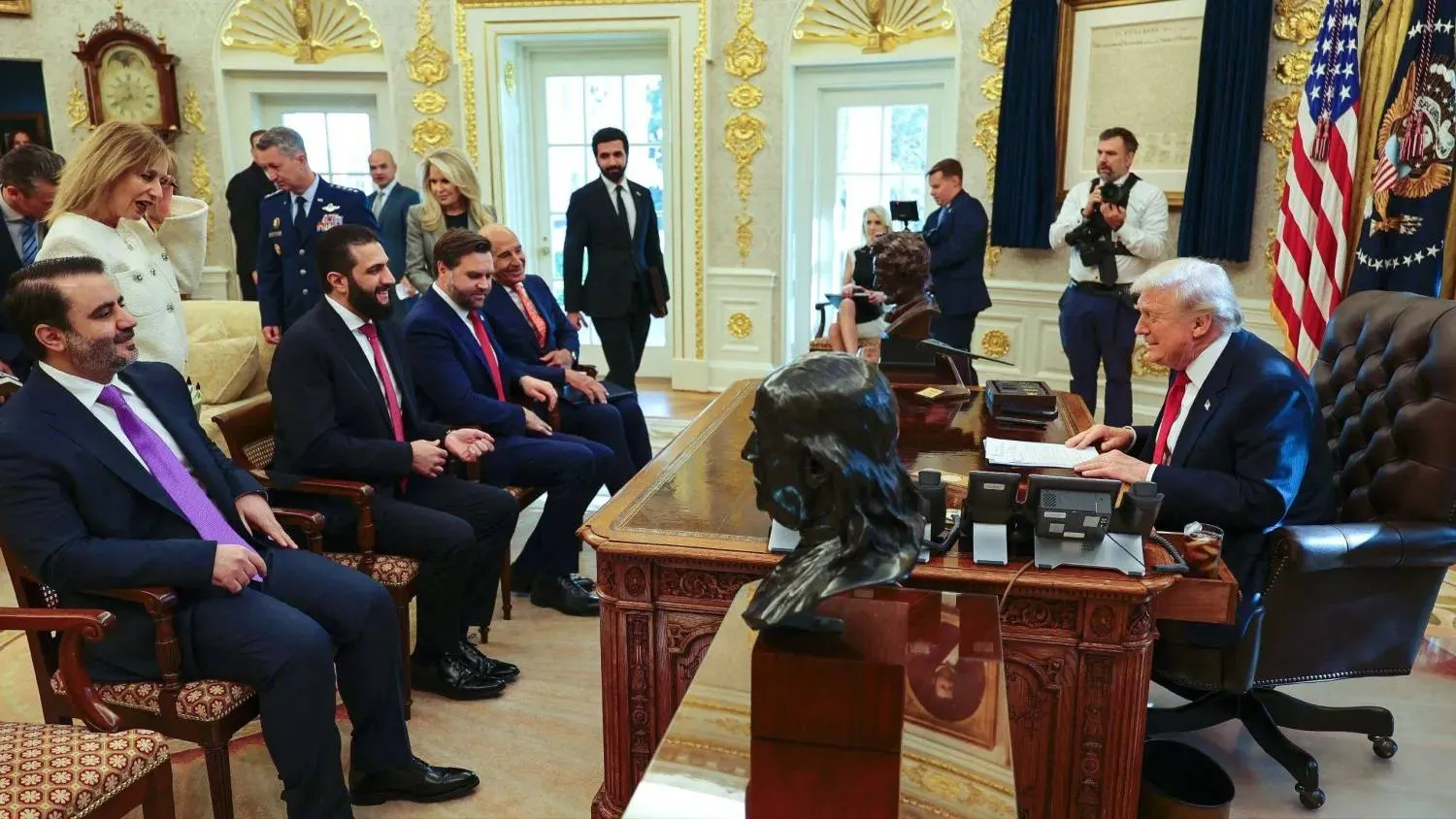Nine years of war have cost Syria more than 530 billion dollars, vastly exceeding estimates by United Nations and Syrian experts two years ago. Forty percent of the country’s infrastructure has been destroyed, incurring losses of 65 billion dollars, while poverty reached 86 percent of Syria’s 22 million people.
The fatalities from the conflict have reached 690,000, including 570,000 who were directly killed in the fighting. Thirteen million people have been forced to leave their homes for safety and 2.4 million children are out of school.
These were some of the alarming findings of a report prepared by the Syrian Center for Policy Research (SCPR). Co-founder of the center, Rabie Nasser told Asharq Al-Awsat Tuesday that confronted with these numbers, “we cannot talk about Syria’s reconstructions without first tackling the cause of the conflict, primarily the injustice tied to political, economic and social injustice.”
“Overcoming the conflict is more important than construction,” he added. “This can be achieved through a long-term and gradual process that eliminates injustice and allows society to remove traces of the conflict and build a new future.”
Two years ago, Russian officials said the war cost 400 billion dollars. No doubt today’s new figures pose a major challenge for plans to rebuild Syria, especially given the internal situation in the country and the global economic crises caused by the novel coronavirus pandemic.
One researcher said: “These figures make reconstruction more of a pipedream.”
Economic injustice
The conflict led to the emergence of different economies within the “fragmented state”. A common strategy used by the various warring parties was the misuse of economic resources to fuel the conflict rather than productive economic activities, said the report.
The resources were used to “sustain the violence”, it noted.
Up until the end of 2019, the conflict cost Syria 530.1 billion dollars or 9.7 times the country’s GDP in 2010. The figure covers the loss in local production, estimated at 420.9 billion dollars and a rise in military spending by around 37.8 billion dollars. Government subsidies dropped from 20.2 percent in 2011 to 4.6 percent in 2019.
The Syrian pound also took a hit. It traded at 46 pounds to the dollar in 2011 and lost 43 percent of its value between July 2018 and September 2019. It continued to drop even further between October 2019 and January 2020. The pound now trades at 1,700 to the dollar. The labor force was also largely depleted by the war, dropping from 5.184 million to 3.058 million worker. Unemployment rose from 14.9 to 42.3 percent. The labor market lost 3.7 million jobs.
Social injustice
Syria’s population rose 0.9 percent in 2018 and 1.1 percent in 2019 to reach 19.584 million people. The conflict has led to the displacement of 5.6 million people to Lebanon, Turkey, Jordan and other countries. As of August 2019, the internally displaced are estimates at 6.14 million, the highest such figure in the world.
Millions of Syrians continue to lose years of academic education. According to 2019 estimates, 2.4 million children between the ages of 5 and 17 are out of school. Nasser described the situation as a “disaster” because millions of children will now suffer from a lack of skills and knowledge, as well as the traumas of war.
The involvement of various parties in the conflict has led to the emergence of six different curricula adopted at schools throughout the country.
The report found that 4.4 deaths were reported for each 1,000 people in 2010. That rose to 9.9 per 1,000 and 7 to each 1,000 in 2019. Some 570,000 people were killed by the direct fighting and 120,000 by the lack of medical equipment and necessary living conditions.
Poverty reached its peak at 89.4 percent at the end of 2016 and it has since dropped to 86 percent in 2019. The stifling economic crisis in Lebanon has only exacerbated the economic situation in Syria. The country is in store for even more hardships as the United States moves to implement the Caesar Act in mid-June.
European countries and the US have been demanding the implementation of a political solution in line with United Nations Security Council resolution 2254 to end the crisis. On the other end, Moscow and Damascus have been demanding that sanctions be lifted off the regime. A donor conference on Syria is scheduled to be held in Brussels at the end of June, which may offer the people a glimmer of hope.









